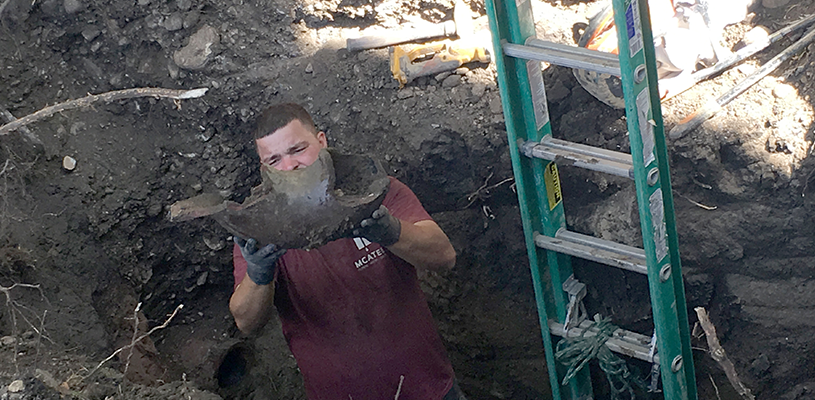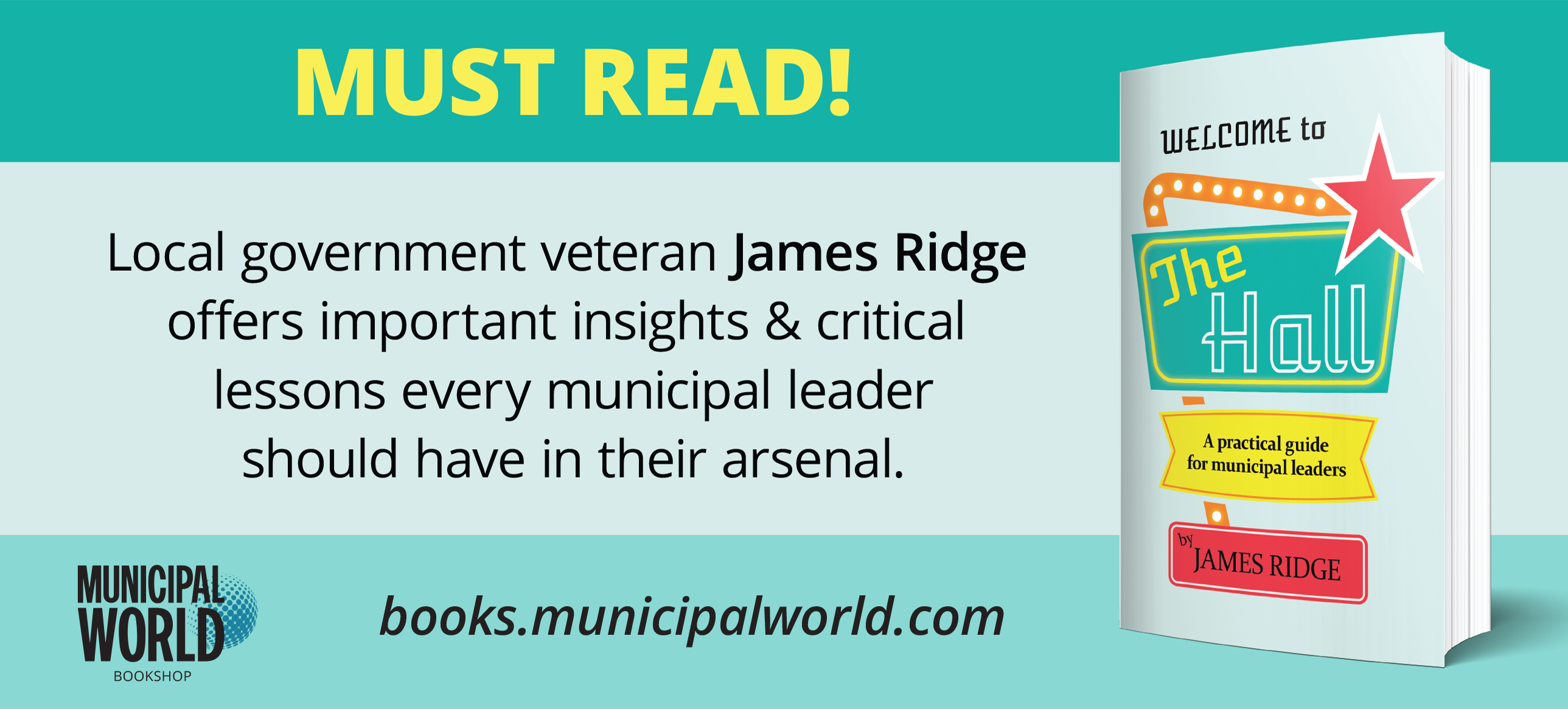When service lines fail

Program to educate homeowners about aging water service lines – and responsibility for repairs
Sponsored by Service Line Warranties of Canada
In Canada, the housing stock and water infrastructure are aging. Nearly nine percent of residents live in poverty, and many don’t have adequate savings – but they do have rising debt. These issues come together when a homeowner’s service line breaks and they can’t afford to repair it.
Elevated Levels of Lead
Water infrastructure across the country as a whole is an issue that needs to be addressed. A 2019 study tested water from across the country. Elevated levels of lead existed in one-third of the samples. Some levels were similar to that of Flint, Michigan.
Lead can leach into the system when water with high acidity or low mineral content corrodes lead water lines. A 2017 government report concluded that such leaching comes from water service lines. In fact, an estimated 500,000 homes across the country have lead water service lines. Since they are not part of the municipal system, but belong to the homeowner, it’s a very difficult issue for municipalities to address.
Each community naturally varies in the age of their housing stock. Those with a majority of homes built before 1950 will have a higher number of homes with lead service lines. Those with homes built before 1990 will see plumbing soldered with lead – another source of contamination. And the older the home, the more likely major repairs will be needed.
Service Line Damage and Repair
Old service lines, just like old main lines, will break due to ground shifting, root intrusion, corrosion, pipe failure, or just plain age. If a service line fails, it is on the homeowner to repair it, and it can be costly. A typical sewer line repair can cost between $1,301 and $5,206. The cost to repair a water line averages between $390 and $1,627. Yet, many Canadians are not prepared for such a large, unexpected emergency expense. And it is not a stretch to say that most of those who have not completed needed repairs likely cannot afford them.
When a service line breaks, the realities of health, financial, and maintenance issues may all come together. Many residents turn to their local municipal officials to find out what went wrong and when it can be fixed. Municipal officials have the unenviable task of educating them about their own responsibility.
Education Program for Residents
Municipalities can help head-off such scenarios, however, by partnering with Service Line Warranties of Canada. Through the program, municipally approved educational materials are printed and mailed to residents. This is done at no cost to the municipality.
In addition, the program offers an optional warranty for homeowners. It can help protect them against the financial shock of an unexpected repair. The program has a network of thoroughly vetted, licensed, and insured contractors and a call center available 24/7/365.
Visit https://servicelinewarranties.ca/contact-us/ to learn more about becoming a partner in this program. MW
✯ Municipal World Insider and Executive Members: You might also be interested in Adrienne Atherton and Kelsey Stuckert’s article: Climate change: Global issue, local concern – Regulatory liability considerations for local governments. Note that you can now access the complete collection of past articles (and more) from your membership dashboard.
Jeff Olson is General Manager for Service Line Warranties Canada. He has worked extensively with both municipal- and investor-owned utilities to improve performance and enhance services.
Related resource materials:



